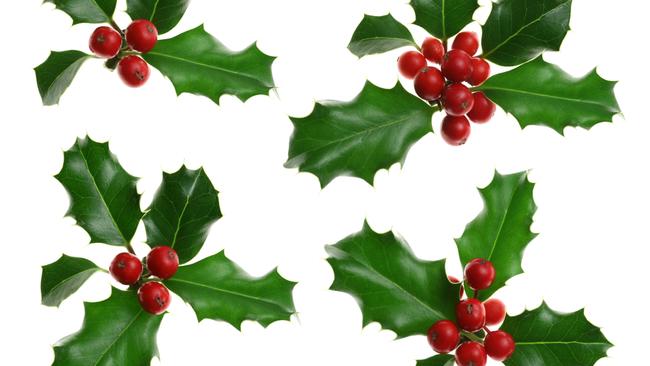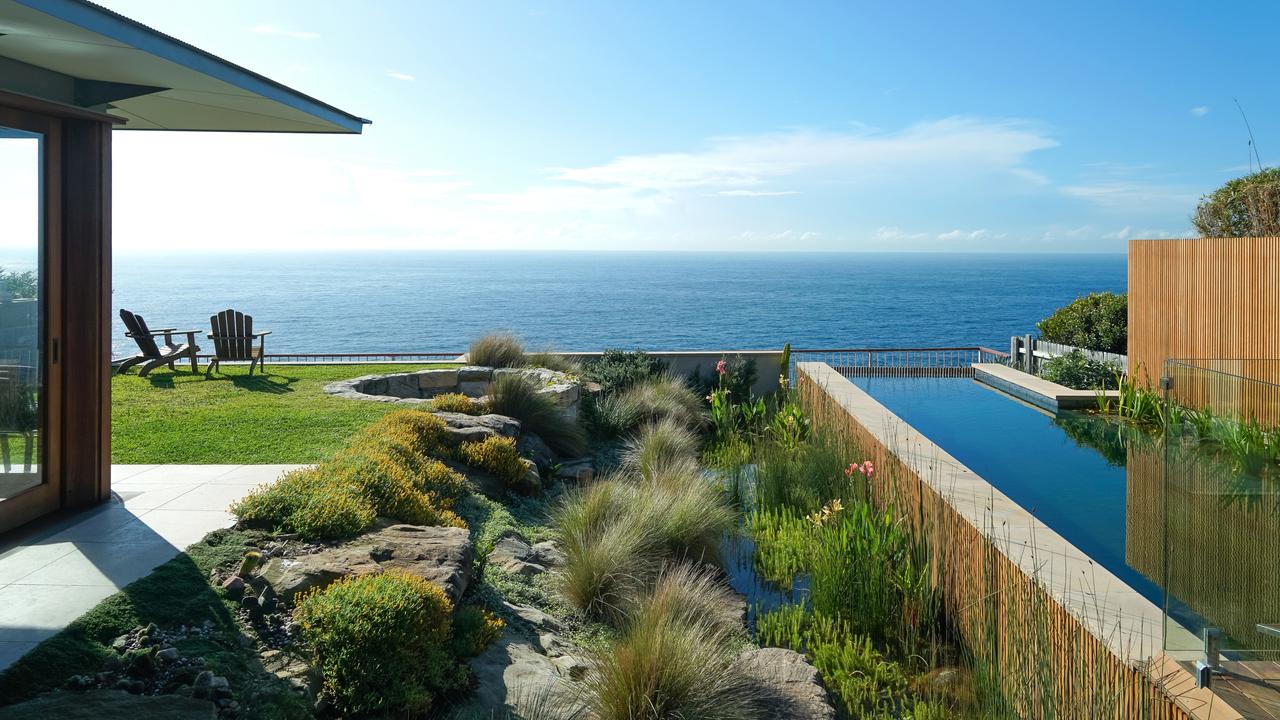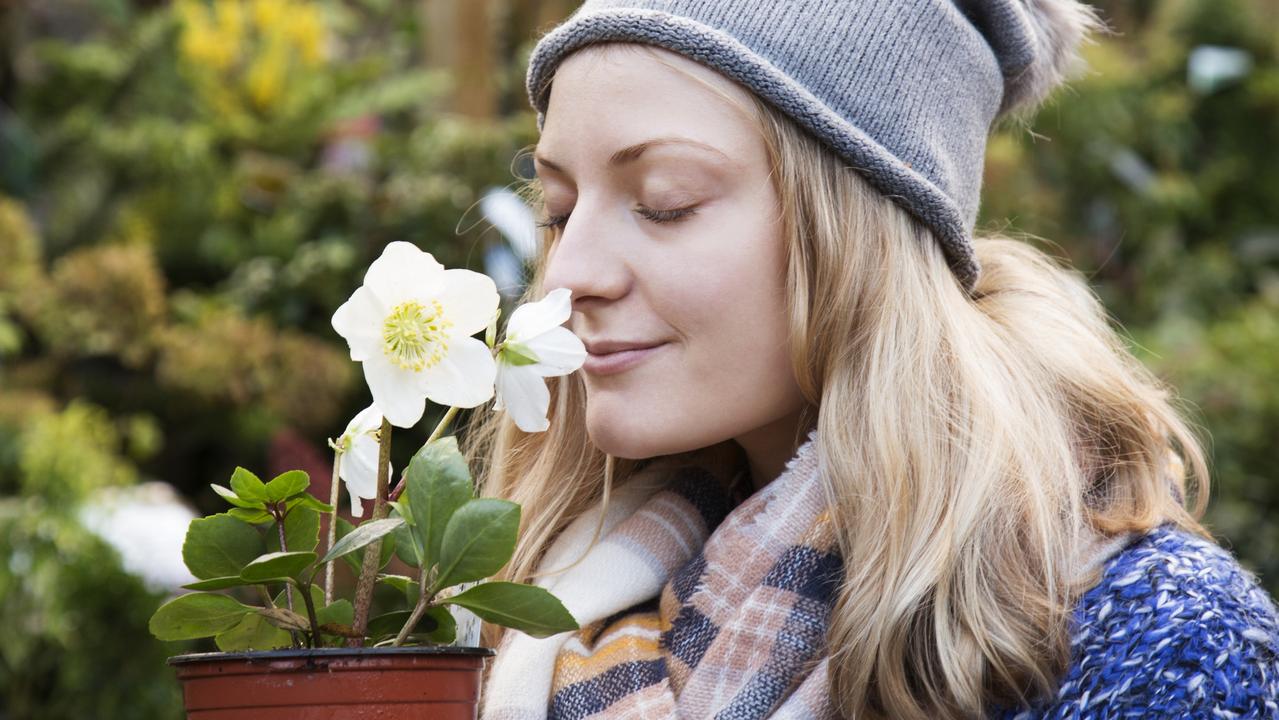Christmas in July: winter the season for holly, mistletoe and chestnuts
Winter is the proper season of many Christmas-related plants, from holly and mistletoe to chestnuts and brussels sprouts.

It makes good sense to enjoy those trappings of Christmas that are traditional in the northern hemisphere when it is winter here.
Disentangled from the rest of end-of-year pressures and without the intense heat of December, the idea of sharing a feast of turkey, ham and all the trimmings, followed by hot pudding, sounds appealing on a cold July day. Horticulturally speaking, winter is the proper season of many Christmas-related plants, from holly and mistletoe to chestnuts and brussels sprouts.
Holly (Ilex aquifolium) is an evergreen shrub to small tree that thrives in cool to cold regions.
The bright red berries for which it is valued as a Christmas decoration are, however, spread widely by birds. Plants also send up suckers, forming dense thickets. This and its toughness have made it an environmental weed in southeastern Australia, particularly in moist forest areas.
The stiff, glossy leaves are spiny, but they last well in wreaths and some variegated cultivars are highly decorative. Holly plants are male or female; both are needed for female plants to produce the glossy berries in winter. Be warned, the berries are poisonous to people, dogs and cats.
The tradition of kissing under the mistletoe dates back to ancient Greek and pre-Christian rituals. In the wintry Christmases of the northern hemisphere, evergreen mistletoe and its berries are conspicuous on the bare branches of host trees such as apple and oak, giving it special prominence.
Australia has 90 species of mistletoe that are harder to spot on our evergreen eucalypts, acacias, melaleucas and others, but many have attractive red flowers during spring and summer. Mistletoe is partially parasitic, stealing water and nutrients from its host but also producing its own food supply.
Chestnuts are usually roasted on an open fire, just as the song says, but a barbecue will do. These large, deciduous trees (Castanea sativa) have been cultivated in the Mediterranean for at least 3000 years and need a cold winter to crop well.
The painfully prickly husks, containing several chestnuts, fall from the tree when ripe, from late autumn. As they contain more water and less oil than most nuts, they don’t keep well.
Love them or hate them, brussels sprouts are part of the traditional English Christmas spread, and they are at their peak in winter.
They’re in the brassica or cabbage tribe, and grow successfully in our coolest regions, where they tolerate frosts. The sprouts are tightly packed leaf buds, which form progressively up the tall stems. They must be picked before they open and, of course, the smallest sprouts are the sweetest and tenderest.
To decorate the table, pots of flamboyant red poinsettias always hit the market at Christmas time but these are actually winter-blooming plants.
They are tricked into flowering in December by growing them in glasshouses with blackout curtains that can mimic the short days and long nights of winter. They’re also given dwarfing hormones to create table-sized plants.
What you’ll see now in warm climate gardens are the normal tall shrubs or small trees whose red blooms at the end of branches light up the winter days.
The second part of poinsettia’s real name, Euphorbia pulcherrima, translates as “most beautiful”.
And so it is.



